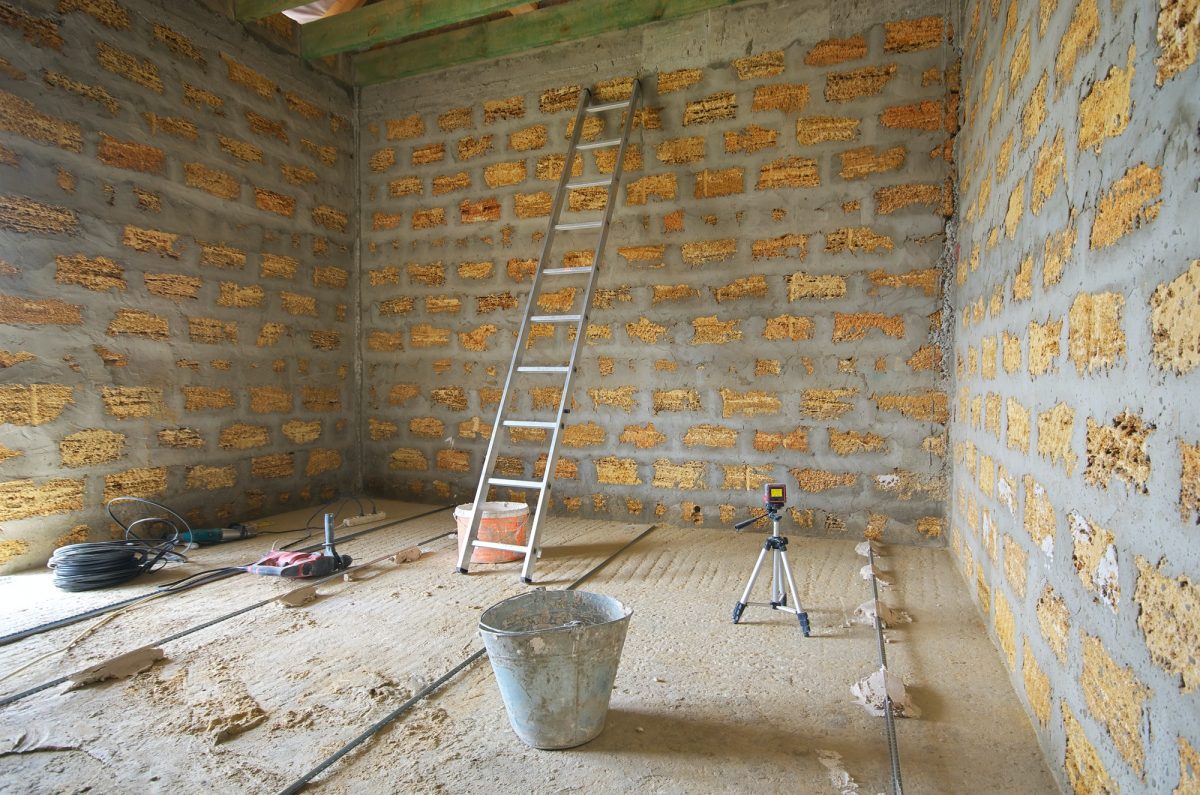The Energy Performance Certificate (EPC) can be an important tool in securing your home’s future. As a result, sbem calculations are required by Building Control to ensure your building meets the requirements set by Part L of the Building Regulations. They can be done in two different ways, depending on the size of your property and the type of construction. For residential properties, this calculation can be carried out during the planning process.
In some countries, these calculations are required by law. In England, Scotland, and Northern Ireland, they are mandatory and related to power conservation. They are the prerequisite for new Energy Performance Certificates and are equivalent to SAP calculations. The process of SBEM calculations is straightforward and takes into account the fabric of the building, HVAC systems, hot water systems, and fixed lighting. The calculation can show whether passive solar control measures are appropriate to reduce the need for air conditioning systems and lower the BER.
A SBEM calculation can be performed for residential buildings, including apartments, hotels, offices, and other non-dwelling buildings. The calculation is a government-required element for determining the energy efficiency of a building. The results of SBEM calculations are used to issue an Energy Performance Certificate (EPC). The building must meet its target emission rate or it won’t meet the regulations in Part L. In addition to providing the necessary documentation, SBEM calculations are a vital part of the process.
The SBEM calculation isn’t simple and the final figures depend on the type of construction. If the building is a dwelling, it must have an SAP calculation. If it isn’t a dwelling, it must undergo an SBEM calculation. The main difference between the two is that SAP is intended to reflect the carbon emissions of a home. The SBEM is geared towards the carbon emissions of any other type of building.
The main differences between a new build and an older building are significant. If the building is new, it must meet BER requirements. An existing dwelling must undergo a SAP calculation. Alternatively, a non-domestic building needs an SBEM calculation. A home should be at least 80% efficient. However, a commercial building should be no more than 50% more energy efficient. An SBEM calculation will take into account the overall BER of the property.
When the SBEM calculation is completed, it can be completed by a qualified commercial energy assessor. If the building is not a dwelling, it is required to have an Energy Performance Certificate (EPC). This is a certificate that will determine the energy efficiency of the building. If the building meets the regulations, it can start construction. But, it must also meet the requirements of Part L of the building regulations. The UKBC aims to complete the reports in 5-10 working days.



